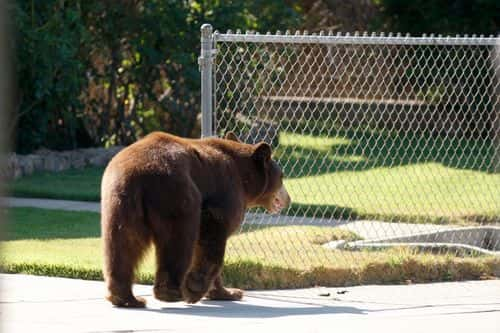World Bear Day: History, significance, and types of the furry mammal

On March 23 of each year, a special day is held to honor large and adorable mammals. The day is celebrated worldwide as “World Bear Day” to emphasize the significance of bears. Bears are solitary mammals that can be found in Asia, Europe, and North and South America. Six of these animals are listed as threatened or vulnerable on the IUCN Red List, but they can live for up to 25 years in the wild.
The day is celebrated to encourage individuals and organizations to take action to protect bears. We can collaborate to safeguard these magnificent creatures by raising awareness about the effects of climate change and encouraging individuals and organizations to take action.
READ MORE
World Meteorological Day: Why is it significant during climate crisis?
National Puppy Day: 5 ways for dog owners to pamper their furballs
History
Bears are carnivorous mammals that belong to the family Ursidae and are referred to as caniforms, or "dog-like". These mammals have large bodies, stocky legs, long snouts, small rounded ears, and shaggy hair. North America, South America, Europe, and Asia have just eight of the world's species. The remaining six species are omnivorous with a variety of diets, with the exception of the giant panda, which primarily eats bamboo, and the polar bear, which primarily is carnivorous.

Types Of Bears

There are 8 kinds of bear species which include Brown bears, Sloth bears, Giant Pandas, Polar bears, American Black Bears, Spectacled bears, Sun bears, and Asian Black bears. Large brown bears, also known as grizzly bears, are mostly found in North America and Eurasia. Brown bears are considered to be "least concerned" about extinction due to their stable population of approximately 200,000.

Sloth bears live in India, Sri Lanka, and Nepal and are aggressive. They fall under the classification of "defenseless" concerning eradication with a populace of 6,000-10,000 remaining. Since prehistoric times, bears have been hunted for their meat and fur. They have been made to dance and used as bear bait, among other forms of entertainment. Encroachment on their habitats and the illegal trade in bear parts, such as the Asian bile bear market, have put pressure on bears in recent times.
Significance
The significance of World Bear Day is important because it raises awareness about the challenges they face. The growing human population, logging, agriculture, and illegal wildlife trade, frequently for gall bladder, an ingredient in traditional Chinese medicine, threaten bear habitat. We must work to reduce our impact on the environment and support conservation efforts in order to safeguard this special and valuable ecosystem.

Distribution and Habitat
There are Extant bears in sixty countries, most of which are in the Northern Hemisphere and Asia, North America, and Europe. The sun bear is native to South America and lives in the Andes. Its range extends into Southeast Asia below the equator. The Atlas bear, a subspecies of the brown bear, used to live in North Africa from Morocco to Libya, but it went extinct in the 1870s. The polar bear only lives in the Arctic Sea, while the American black bear only lives in North America. Every one of the excess types of bears is Asian. They happen in a scope of living spaces that incorporate tropical marsh rainforest, both coniferous and broadleaf woodlands, grasslands, steppes, montane prairie, snow-capped scree slants, Cold tundra, and on account of the polar bear, ice floes.










